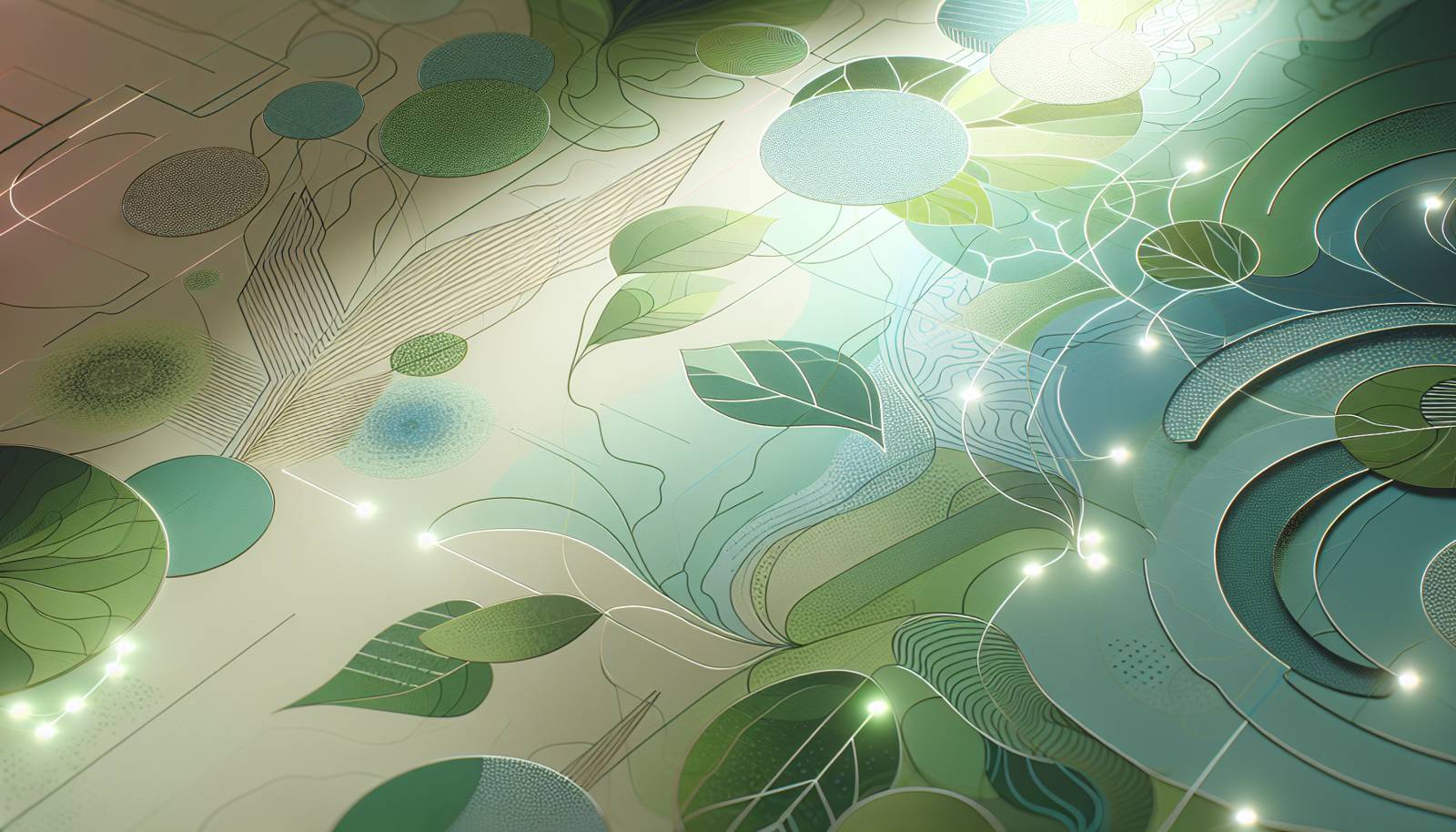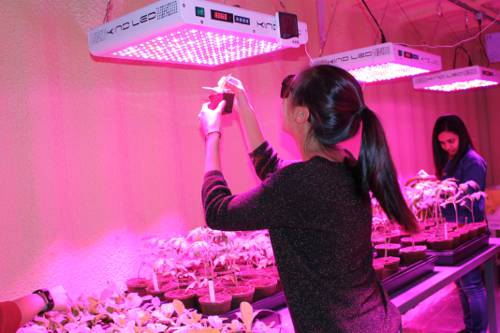
FAQ About Indoor Plant Growth Stimulation with LED Lights

What are the benefits of using LED lights for indoor plant growth?
LED lights are beneficial for indoor plant growth because they can provide the specific light spectrum that plants need for photosynthesis, energy-efficiently and with less heat production. Unlike traditional grow lights, LEDs can be fine-tuned to emit specific wavelengths that optimize photosynthesis and growth, which helps in achieving faster and healthier plant development. Furthermore, they are long-lasting and consume less electricity, reducing overall energy costs.

Which light spectrum is most beneficial for indoor plants?
The most beneficial light spectra for indoor plants include blue and red light wavelengths. Blue light is crucial for vegetative growth as it promotes stomatal opening and strong root development. Red light, on the other hand, supports flowering and fruit production. Some LED lights also include white and far-red spectrums to mimic natural sunlight more effectively.

How many hours a day should LED lights be on for indoor plants?
The number of hours LED lights should be on for indoor plants can vary depending on the plant species and growth stage. Generally, most plants require 12 to 16 hours of light per day. Seedlings and vegetative plants may benefit from 16 to 18 hours, while flowering plants often require about 12 hours of light. It's essential to follow specific guidelines for different plant needs to avoid light stress.

Can LED lights replace sunlight for indoor plants?
While LED lights can effectively stimulate plant growth indoors, they may not completely replace the benefits of natural sunlight. However, they provide an excellent alternative for plants in low-light environments or during shorter daylight periods, offering essential light wavelengths that contribute to photosynthesis and growth.

What is the best distance to position LED lights from indoor plants?
The distance at which LED lights should be positioned from indoor plants typically depends on the light intensity and the specific needs of the plant. Generally, LED grow lights are placed 12 to 24 inches away from the plants. This distance ensures that the plants receive adequate light exposure without excess heat or light stress. Adjustments may be needed based on the plant type and growth stage.

Does the type of plant affect the choice of LED lighting?
Yes, the type of plant does influence the choice of LED lighting. Different plants have varying light requirements depending on their natural habitat and growth stage. For instance, succulents and cacti might need intense light, whereas some ferns might thrive in lower light conditions. Customizing LED settings to match the specific plant needs can optimize their growth.

Are there any negative effects of using LED lights on indoor plants?
While LED lights are generally safe for indoor plants, improper use can lead to negative effects. Excessive light intensity or incorrect light spectrum can cause leaf burn, stunted growth, or photoinhibition. It's crucial to ensure the LED settings are optimized to the plants' specific requirements to prevent such issues.

How do energy costs compare when using LED lights versus other grow lights?
LED lights are typically more energy-efficient compared to other grow lights such as HPS (High Pressure Sodium) and fluorescent lights. They utilize less power to produce the same amount of light, leading to lower electricity bills. Additionally, their longer lifespan reduces the cost of frequent replacements, making them a cost-effective choice for indoor plant growth.
